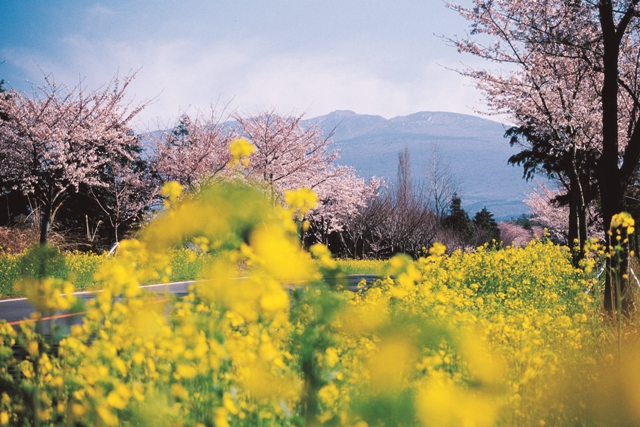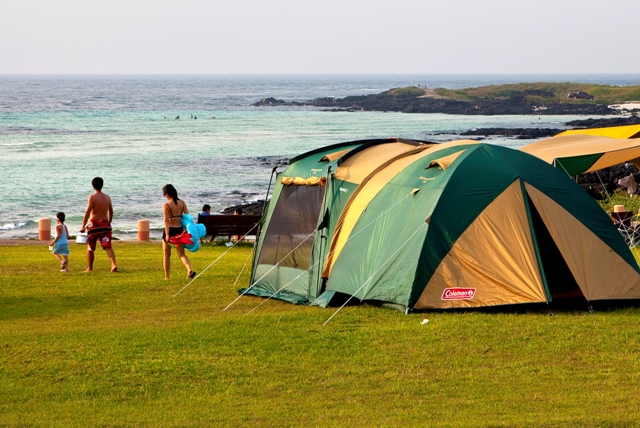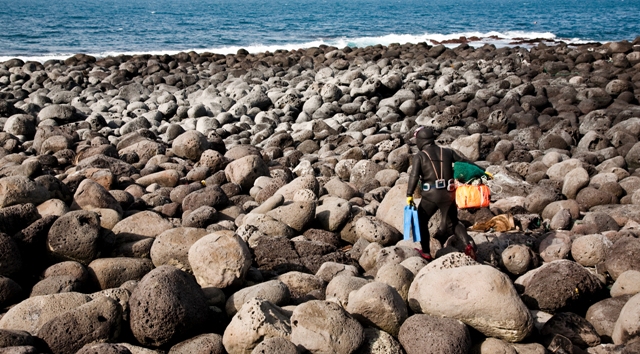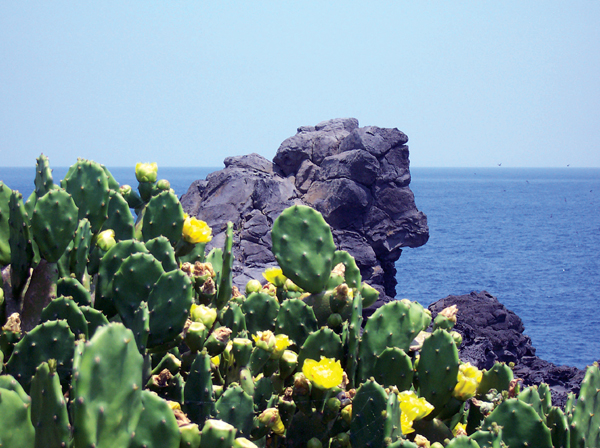|
This series takes a look at highlights of Jeju's nature, culture, food, and more all the way from A through to Z.
As the weather turns warm this month sees the colors of spring feature alongside camping, culture, and perhaps surprisingly.. cactus. Enjoy the Cs of Jeju!
Colors
Jeju is an island of vibrant colors. In the winter, acres of mandarin trees and fields of drying citrus peels brighten up a dreary season with bursts of orange. When spring comes, yellow canola flowers and pink cherry blossoms paint the world shades of pastel. In summertime, wild grass and green trees sparkle like emeralds in the sun. Autumn is a wonderland of colors, from the scintillating red and yellows of changing leaves to the deep, cerulean blue sea.
| |
 |
|
| ▲ Canola flowers, cherry blossom, and Mt. Hallasan Photo courtesy Kang Jeong-hyo |
Camping
What better way to enjoy the outdoors than camping? There are several camping zones in Jeju, most of them near beautiful beaches like Hamdeok. Or take a ferry to Udo with your gear and enjoy snorkeling during the day while gazing at the stars at night. And if you want to camp in luxury, try “glamping” instead. In glamor-camping, you get the experience of a tent and the outdoors, but also a comfortable bed and even a chef!
| |
 |
|
| ▲ Camping by the sea Photo courtesy Jeju Tourism Organisation |
Culture
When thinking of Jeju’s unique culture, one often thinks of “samda,” which stands for the “three abundances” on Jeju – wind, stones, and women. The haenyo women divers represent a proud cultural heritage of the island, with their special diving abilities and their courage in facing dangerous water conditions in order to make a living. And the Jeju dialect is not only a linguistic tradition special to the island, it’s also considered a critically endangered language by UNESCO.
| |
 |
|
| ▲ Haenyeo going out to a dive Photo courtesy Jeju Olle Foundation |
Cactus
Jeju has a lot of cacti even though it is an island. You can see different species in places like Hallim Park or Yeomiji Botanical Garden. Wollyeongri on the west side of Jeju is a natural habitat for the cactus colony. Cacti have lots of vitamins, minerals, and fiber. On Jeju, you can try cactus juice, cactus chocolate, and cactus rice snacks. There is even a cactus facemask! Discover the beauty and health benefits of these prickly plants when you come to Jeju.
| |
 |
|
| ▲ Cacti on Marado Photo courtesy Colleen Hyde |
|























